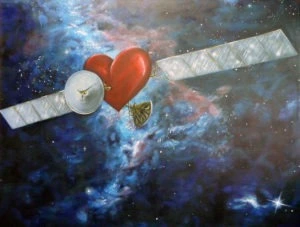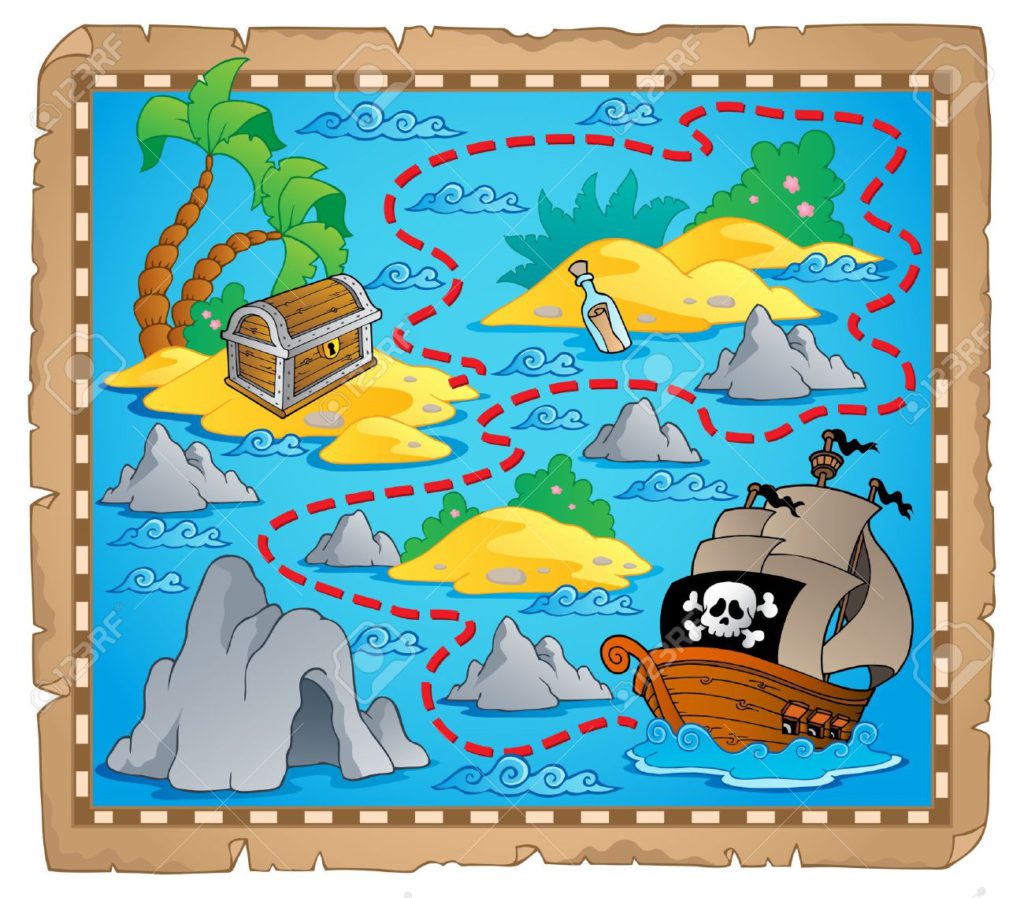A moment in time inside a heartful session:
Oftentimes we get to a point where we forget the next movement. In a sequence and feel the whole fluidity of the treatment (water therapy retreats) is being put on hold during our sessions; Our first instinct is to take our eyes off our patient and away from the water, in search of the exercise program that we may have placed next to the pool.
Perhaps ask another person, one that doesn’t take part in the one to one encounter that is happening between you and your patient, .e.g. the teacher or assistant: “what’s next?”.
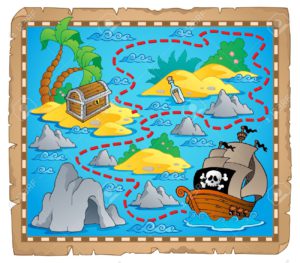
It is highly acceptable to approach someone external during our learning and practice process. doing so, it’s important to remember to not “drop the head” of our pretended patient, accidentally drown them or press their neck unintentionally while struggling with the growing uncertainty.
Remember that uncertainty is the exact thing we ask our patients to embrace – give in to the unknown (more on this on the “Treating with Eyes Closed article”).
As we progress, when treating real patients and people we are not familiar with, we don’t have our “cheat sheet” in the front,or teachers or detailed sequences.
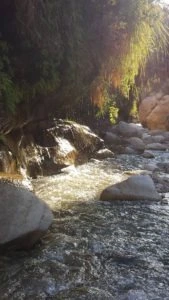
Which map do we use them, when we feel slightly lost?
Google maps? Waze? Roadmaps? Who can we connect with in real time?
If you are stuck along the way, those quiet moments are like looking at a map.
Look at the signs on our path in order to understand where to go when feeling lost along the way. Unlike a clear roadmap that is similar to a pre-written sequence, a series of movements we learn and implement on real people in order to build our knowledge as hands-on therapists.
An actual map cannot serve us because every impulse has a meaning when treating real people. It can make a huge difference and as therapists, we have to learn to be intuitive when we treat real patients and to adjust the movements that follow based on the reaction and signals we receive from outpatients.
where are we now?
Let’s continue with the roadmap example; Before leading a hike in nature, we carry out a trial exploration to study the trail.
Let’s take for example a prep for a hike at Arugot Wadi in Israel, one of my favorite places since my Ein Gedi days. We will go to the wadi trail and learn to recognize a climb that leads to the waterfall, how to bath at the waterfall, the qualities of that part of the path and how to cross in between the huge rocks that lead to the magnificent landscape.
We learned that if only we stop and linger for a little while, we are able to assess and perceive the vast scape, identify the path, and how to follow it as we go, without taking another glimpse at the map.
We also learned that after the descent, we’ll arrive at the area shaded by fruit trees. These clues will serve us well as either hikers or therapists.
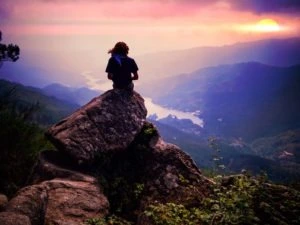
Where are the safe shores?
We will reach new territory During the treatment itself?
We have great tools, however, we have to learn how to divide them into separate parts that don’t necessarily go in a specific order, but are interchangeable. While we will linger with a certain patient at a certain point during the treatment and inspect the landscape, then reach the waterfall, with another all of these might come in a different order – we might decide to observe the view at a different stage of the journey, we might reach the waterfall at a different time. Whether during the same treatment or perhaps another one. We might not reach the waterfall at all. This is all perfectly fine since we learn our different patients’ maps over time. We have to be attentive and understand it takes time and practice to reach the point we can explore without a map.
Practice
is required in order to build our confidence as therapists. Through practice, we will also develop the ability to intuitively understand how to react to different scenarios and reactions we might encounter along the way, and understand what would the best next move be for each patient. The ability to be attentive, just like scouts can read signals along the path: What animals have been there prior to us and when what direction they went – what’s the best place to cross to not scare animals away or perhaps they decide to follow them and respectfully follow them.

Following the GPS:
The use of the GPS app is widespread these days, to the extent that we rely on it more than on ourselves. In order to reach our destination, we are acting upon the series of instructions given by the app, rather than being aware of our surroundings and situation. It’s similar to the situation where the therapist is searching for answers outside the pool. Yet, the gift we do receive by using the app is its live updates. Offering alternate routes is a good lesson and reminder that we can always change our path and find alternative routes whenever necessary based on current situations or events. We know what’s our destination, but we don’t always know which path we’ll take once we go on our journey, because some things are out of our control, like our patients history, wounds from their past, depth of their relationships that we are not always aware of, and other missing variables.
All of these can trigger sensitivities, we can never understand its source and to what extent our patient is affected by them. This is similar to a situation where we are instructed to take a different route than the usual, simply because of a road accident some 20km ahead of us.
we embark on a completely different journey than the one we initially planned, sometimes a road that we are not familiar with, with the purpose of reaching our destination safely.
The only difference between our treatments and Waze is that the estimated arrival time for our journey with our patients will forever remain unknown.
A quick look from the top of the mountain
I invite you to take the valuable best practices offered by the most recent technologies and apply them during your treatments whenever necessary. Connect your heart, take couple of deep breaths, and discharge electric accumulation to the earth.
the most accurate satellite that will lead you, together with your patients, to your safe haven beyond the horizon.
